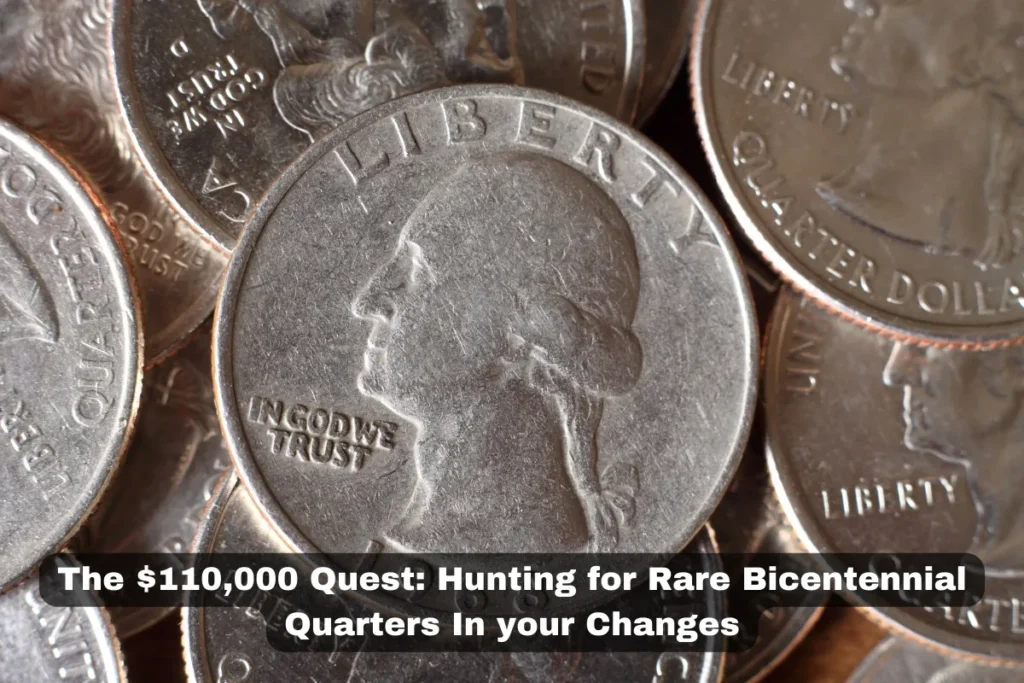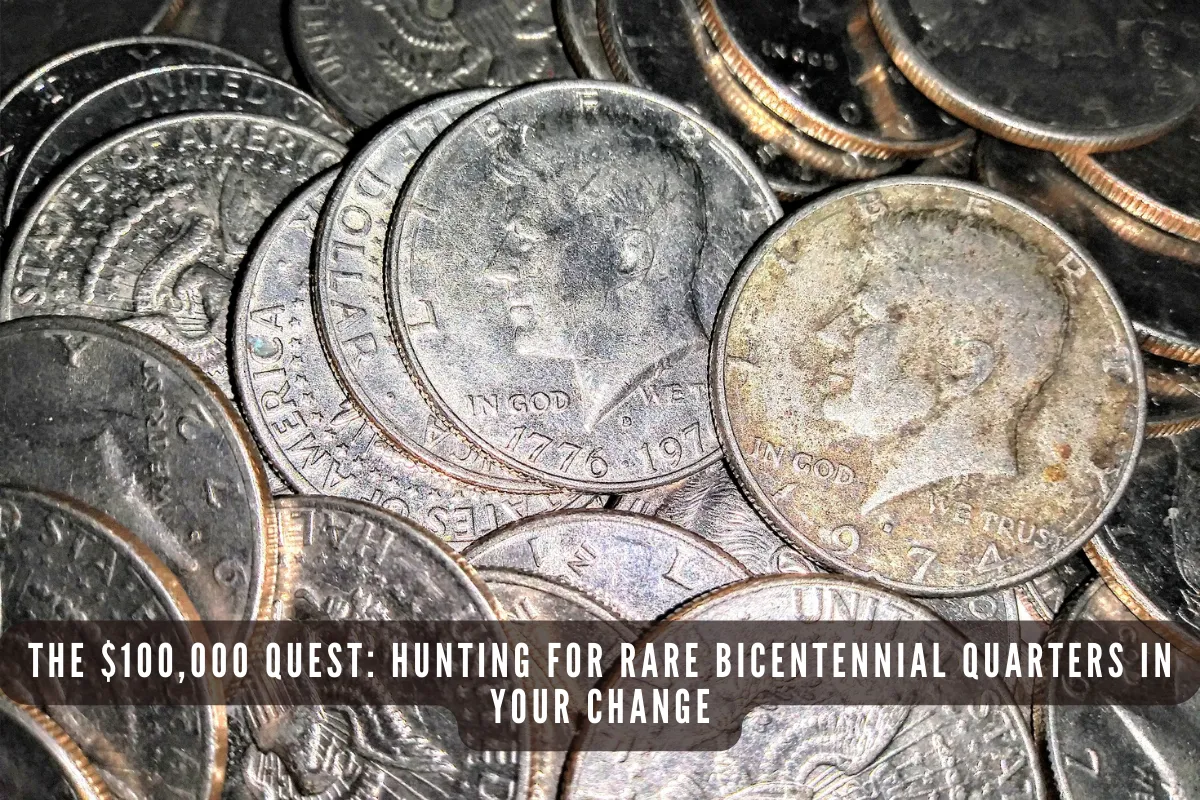Have you ever dug through your pocket change, looking for that one elusive gem? If you’re a coin collector or just someone intrigued by unique currency, the quest for rare bicentennial quarters is one you might find exciting.
Let’s dive into why these coins are special, how to spot them, and the potential treasure they hold.
What’s So Special About Bicentennial Quarters?
First off, let’s unpack what makes the bicentennial quarter unique. Produced in 1975 and 1976, these coins were minted to celebrate America’s 200th birthday. But what truly sets them apart isn’t just the commemorative aspect; it’s the design!
Unlike the typical eagle on the reverse side, the bicentennial quarter features a depiction of Independence Hall. It’s a blend of history and artistry that resonates, not just with collectors, but with anyone who appreciates a piece of the past.
The Quest for Rarity
Now, you might be asking, why hunt for them? The thrill of coin hunting lies in the rarity and the stories associated with them. Most bicentennial quarters are common, but there are a few rare variations that are a collector’s dream.
The *1976-S Silver Bicentennial Quarter*, for example, is one you definitely want to keep an eye out for. This coin was minted in San Francisco and contains 40% silver, making it both a beautiful collector’s item and a valuable asset.
Spotting the Rare Ones
So, how do you recognize these rare treasures amidst your daily transactions? For starters, the *1976-S* coin stands out because of its shiny, lustrous finish. Checking if the quarter has a “S” mint mark, which is located on the front, just above the date, is your ticket to identifying one of these rarities.
Remember, the coins you might encounter in change are primarily *1975 and 1976-D* (Denver minted), which carry less value, but they can still be fun to collect! Keep an eye out for unusual wear and tear, as that could indicate a rare find.
The Value of Your Find
Now you’re probably wondering, “What are these coins worth?” Well, the value of a bicentennial quarter can vary drastically based on its condition, rarity, and the market demand.

Standard 1976 quarters are generally worth only 25 cents, but those rare silver versions can be worth anywhere from $3 to upwards of $10, depending on the condition. If you happen to score a pristine 1976-S, you might be sitting on a small fortune!
Tips for Hunting and Collecting
If you’re serious about your quest, here are a few tips to enhance your hunting experience:
Visit local banks and ask for rolls of quarters. Who knows what could be hiding in there?
Join local coin collector clubs. Networking can lead to discoveries and helpful insights about mint conditions and coin value.
Stay updated on market trends. Coin values can fluctuate, and being informed will help you know when to sell or hold.
Conclusion: Join the Quest!
In the end, embarking on the quest for rare bicentennial quarters can be both a thrilling and rewarding experience.
Whether you find a common piece or something rare, you’re connecting with a part of history.
So, the next time you pull out your change, take a moment to appreciate the coins and perhaps find that treasure you’ve been looking for!
FAQs
1. How many bicentennial quarters were minted?
Over a billion bicentennial quarters were minted across various facilities, making many of them common place, but a few variations are rare!
2. What is the rarest bicentennial quarter?
The rarest is the 1976-S Silver Bicentennial Quarter, particularly in uncirculated condition or with high grades.
3. Can I sell my bicentennial quarters?
Absolutely! You can sell them through coin shops, online auctions, or collector shows. Just ensure you know the value before you do so!
4. How can I determine the value of my quarters?
Consult price guides, check online marketplaces, or visit local coin experts to get appraisals on your coins.
5. What’s the best way to store my rare coins?
Use coin holders, acid-free flips, or a safe to avoid tarnishing and keep them in pristine condition.

